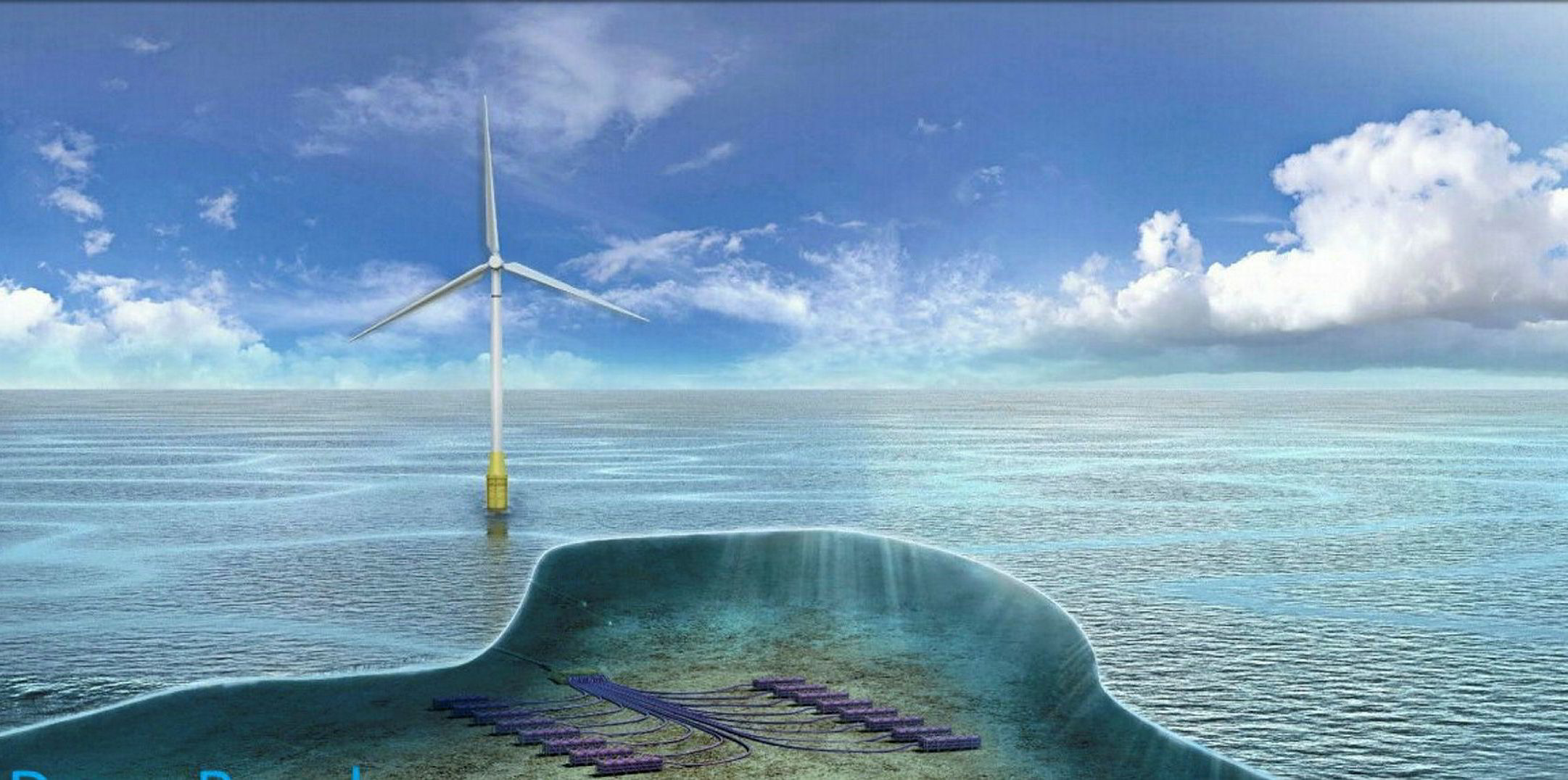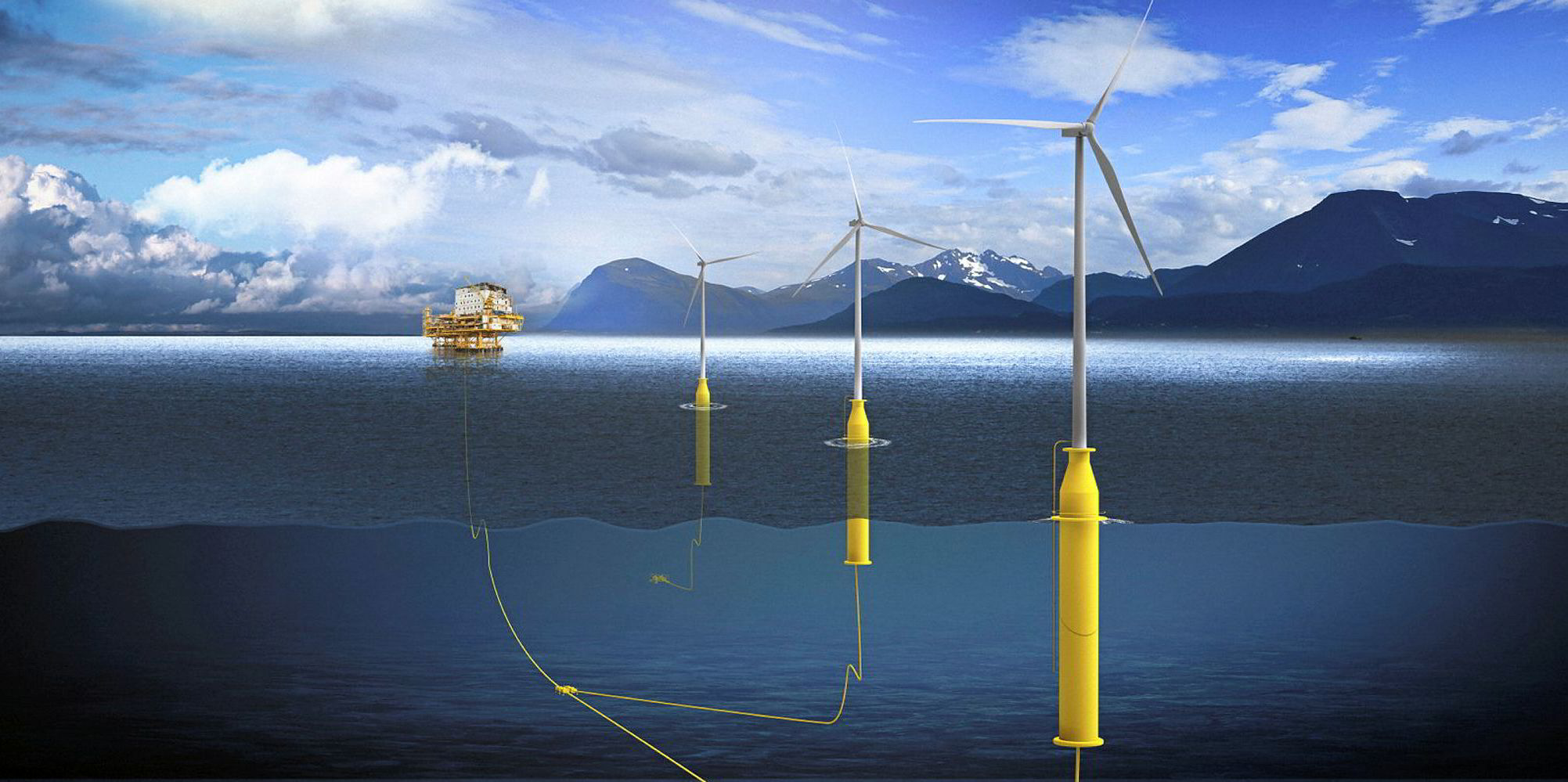A plan to convert power from offshore wind to hydrogen and store it on the seabed is underway by a multi-company project team that hopes to have a full-scale pilot running off Norway by 2025.
The project – called ‘Deep Purple’ – aims to see turbine-level electrolysis feeding seabed hydrogen tanks where output from offshore wind farms can be stored.
Fuel cells would then re-electrify the hydrogen to provide a clean source of power for offshore oil and gas platforms, with shipping and seafood among other potential target markets for green electricity produced.
The project timeline envisages a large-scale onshore wind pilot from 2021, with a full-scale demonstrator running off Norway by the middle of the next decade.
Norwegian hydrogen specialist HYON became the latest to get involved this week when it unveiled a consulting deal with project leader TechnipFMC. “The momentum in a broad range of new and ongoing hydrogen projects is strong,” said HYON managing director Tomas Tronstad.
‘Green hydrogen’ is increasingly being seen as a key tool of the energy transition, potentially offering an large-scale option to store and transport renewable power output.
Offshore wind sector leader Orsted recently built hydrogen production into its bid as part of the latest Dutch offshore wind tender.
With its focus on decarbonising offshore oil & gas platforms, Deep Purple mirrors initiatives such as those underway by the likes of Equinor and DNV GL to link floating wind with fossil extraction operations.



